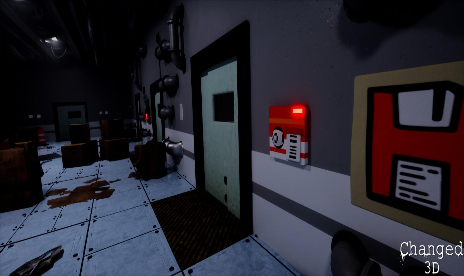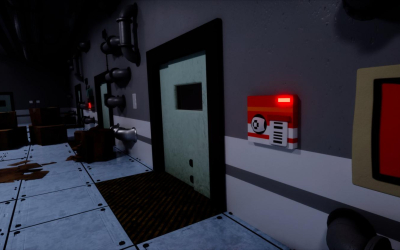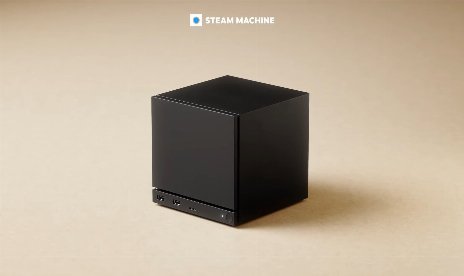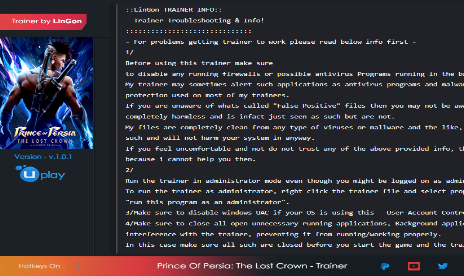Best benchmarks for testing your gaming system

Not only is it important to know how capable your gaming system is so you can tweak in-game settings to their maximum potential, but it can be fun to see what numbers certain tests spit out for competing with friends and other enthusiasts and gamers around the world. But if you don’t have time to go through all of them, which should you pick and which provide the best test of your system’s capabilities?
That’s what we’re here to help you with. Over the years of testing and gaming, we’ve figured out some of the best benchmarks out there and though there are a lot to choose from, these are some of our favorites:
3Dmark
It’s a classic for a reason. Over the years Futuremark’s premier 3D benchmarking tool, 3Dmark, has been ever changing, always evolving and because of that, it’s remained one of the most well-used benchmarks in the world. Its visuals might not quite top the artistry of the latest games anymore, but its lighting is some of the best you’ll find and because of that, it can really put your system through its paces.
On top of its traditional, general 3D tests, 3Dmark also includes physics and CPU testing, as well as a more recent API Overhead test, which shows you the capabilities of your system running under different APIs like DirectX 11, 12 and Vulkan. That’s something that few other benchmarks cater too.
Better yet, it’s entirely free for basic users. If you opt for the affordable, advanced version, you can enjoy additional setting options, as well as better analytics of your scores and how they stack up with those around the world.
Unigine Superposition
Originally popularised with its Heaven benchmark that introduced tesselation to the masses, Unigine has been at the forefront of gaming benchmarks for the best part of a decade. It followed up Heaven with Valley in 2013, but its most recent test is the prettiest yet. Combining amazing lighting, with 4K support and even a virtual reality demo, the Superposition benchmark is a true beauty of benchmarking.
The only downside to it is that it doesn’t support DirectX12 or Vulkan APIs and is restricted to OpenGL or DirectX11. Though we’re told that Vulkan support may be added in the future.
You can download a free version much like 3Dmark, though the extended editions add more features for around $20.
Furmark
Although far less pretty than the above counterparts, Furmark’s GPU stress test tool is one of the most taxing on your system. Not only can Furmark give you a readout on how powerful your graphics card is, with a variety of test settings and tweakable options, but it also lets you keep an eye on your graphics card’s temperature at the same time. Moreover, there are even specific “burn in” and stress tools within Furmark that let you specifically target aspects of your graphics card’s cooling and stability for testing overclocks and cooling ability.
Unlike the others which have premium versions, Furmark is entirely free.
MSI Kombuster
Another entirely free benchmarking and testing application, MSI Kombuster also targets your graphics card, offering tests for OpenGL and OpenCL APIs, with adjustable settings that let you tweak every aspect of the tests visuals.
Although the swirling points of light on screen are very pretty, this isn’t a benchmark that’s designed with aesthetics in mind. It’s aimed at those really looking to push their graphics card to the limit. When combined with MSI’s Afterburner tool too, you can use it to keep your GPU stressed while you play with clock speeds, which is a great way to find out just what it’s capable of.
Keep an eye on the card’s temperature though, as these kinds of stress tests can really push your cooling to the limit. Expect the onboard fan to get loud.
One area where the Kombuster test is a little different, is its ability to test with multiple graphics cards, even if they aren’t the same. While SLI or Crossfire works best with similar graphics cards, this test does offer some unique benchmarking opportunities in that respect.
Conclusion
If you’re looking to find out how capable your system is for a particular game, running that title’s built-in benchmark – if it has it – is the best way to go, but these more synthetic tests will give you a good idea of what your PC can handle across a variety of APIs and engines. In a later piece, we’ll take a look at some in-game benchmarks that can augment what you have here, but for now, the above should give you plenty to test your system with.



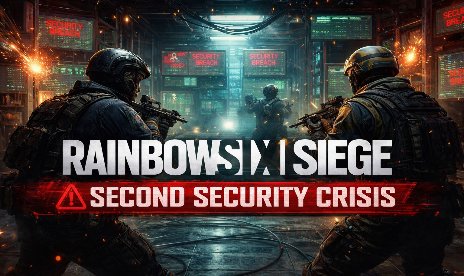

![Wartales v1.0+ (+16 Trainer) [FLiNG] – Update December 2025](https://9588947a.delivery.rocketcdn.me/wp-content/uploads/2025/08/Wartales-01-464x276.jpg)

![Terminator 2D: No Fate Build 20805989 (+9 Trainer) [Baracuda]](https://9588947a.delivery.rocketcdn.me/wp-content/uploads/2026/01/Terminator-2D-No-Fate-01-464x276.jpg)





